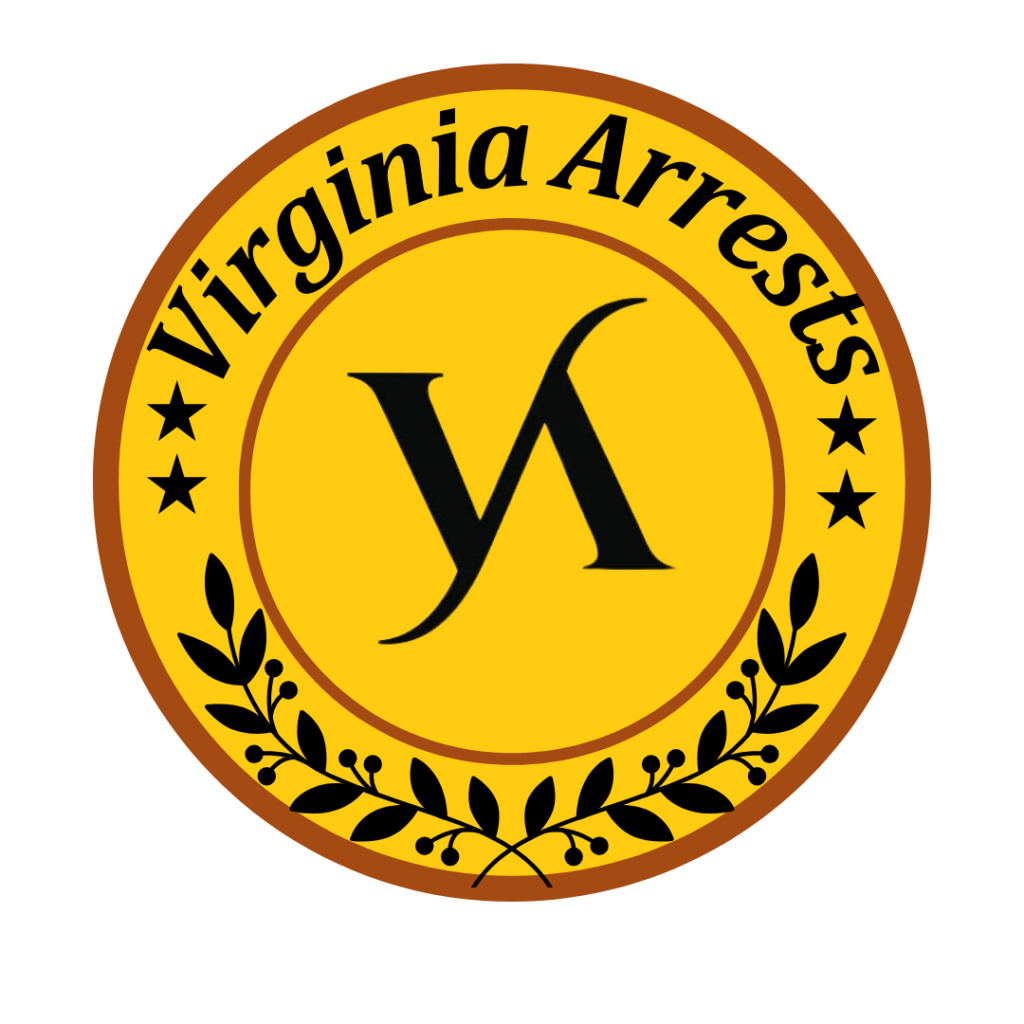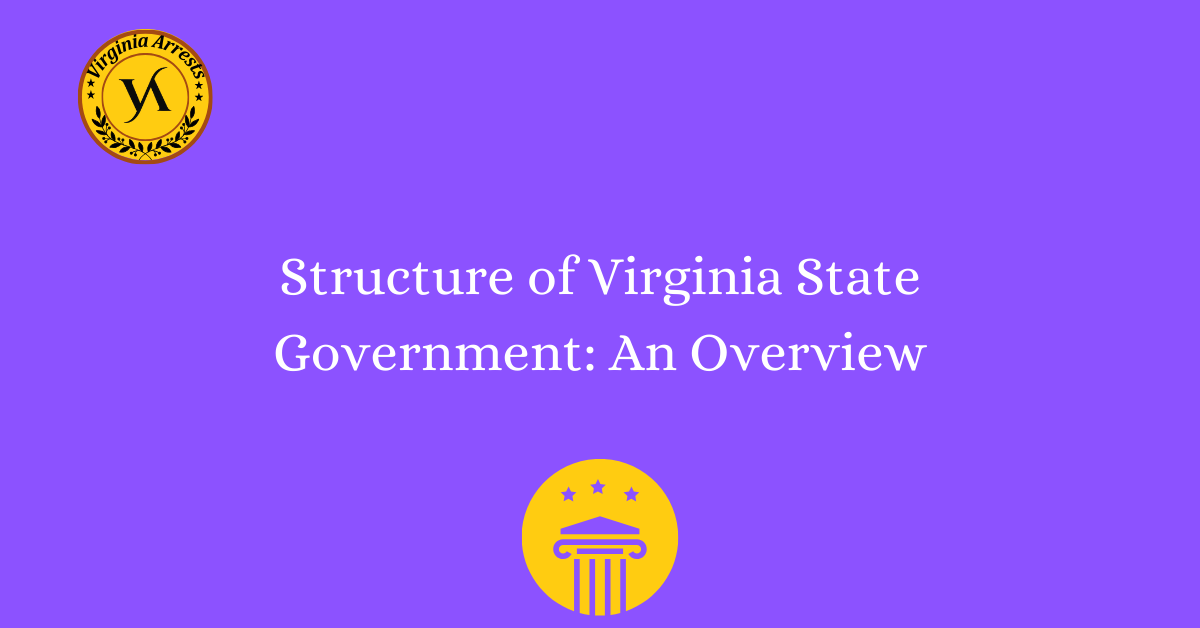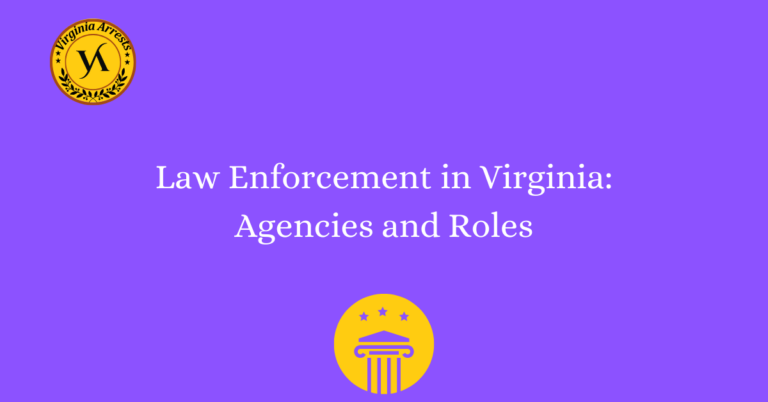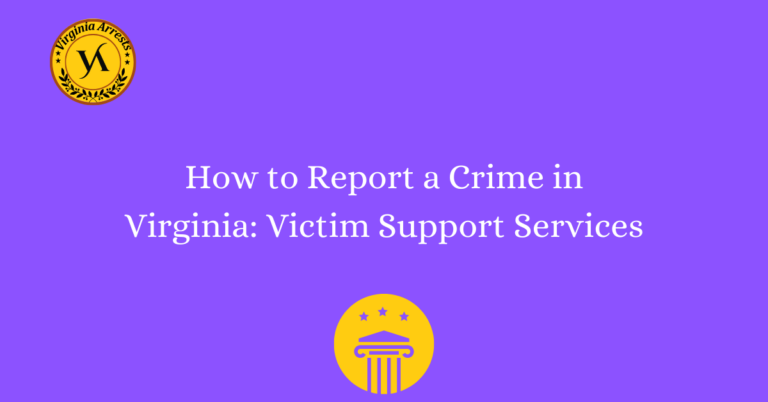Structure of Virginia State Government: An Overview
The government of the state of Virginia operates under a framework outlined in its constitution. The structure of the Virginia state government is divided into three branches: the executive, legislative, and judicial branches. Each branch has specific responsibilities and functions that contribute to the overall governance of the state.
The executive branch is headed by the Governor, who is elected by the citizens of Virginia. The Governor is responsible for implementing and enforcing state laws, as well as managing the executive agencies and departments. The executive branch also includes Lieutenant Governor, Attorney General, and other elected officials who work together to ensure the effective administration of the state government.
Legislative Branch
The legislative branch of the Virginia state government is responsible for making laws and representing the interests of the citizens. It is composed of two houses: the Senate and the House of Delegates. The Senate consists of 40 members, while the House of Delegates has 100 members. Together, they form the Virginia General Assembly.
The Senate
The Senate is the upper house of the Virginia General Assembly. Each senator represents a specific district within the state. Senators are elected to serve four-year terms, and their primary role is to propose, debate, and vote on legislation. The Senate plays a crucial role in shaping state policies and ensuring the interests of their constituents are represented.
The House of Delegates
The House of Delegates is the lower house of the Virginia General Assembly. Delegates are elected to represent specific districts, similar to senators. However, the House of Delegates has a larger membership to ensure equitable representation of the population. Delegates also serve four-year terms and actively participate in the legislative process by introducing and voting on bills.
Judicial Branch
The judicial branch of the Virginia state government is responsible for interpreting and applying the law. It ensures that justice is served and that the rights of individuals are protected. The judicial branch is headed by the Supreme Court of Virginia, which is the highest court in the state.
Supreme Court of Virginia
The Supreme Court of Virginia is composed of seven justices who are appointed by the General Assembly. They serve for a term of twelve years. The Supreme Court has the authority to review cases appealed from lower courts, interpret the constitution and laws of Virginia, and issue opinions on legal matters. It plays a crucial role in maintaining the rule of law and ensuring a fair and impartial judicial system.
Executive Branch
The executive branch of the Virginia state government is responsible for implementing and enforcing laws. It is led by the Governor, who is elected by the citizens of Virginia and serves a four-year term. The Governor is the chief executive officer of the state and has the authority to appoint officials, prepare and submit the state budget, and make executive decisions.
Lieutenant Governor and Attorney General
Alongside the Governor, the executive branch includes the Lieutenant Governor and the Attorney General. The Lieutenant Governor serves as the second-highest-ranking official in the state and is next in line to assume the role of Governor in case of vacancy or absence. The Attorney General is the chief legal officer of the state and provides legal advice to the Governor and other state agencies.
The executive branch, together with the legislative and judicial branches, forms a system of checks and balances that ensures effective governance and the protection of citizens’ rights in the state of Virginia.
FAQs
What is the structure of the Virginia State Government?
The Virginia State Government consists of three branches: the executive branch, the legislative branch, and the judicial branch. Each branch has its own powers and responsibilities.
What is the role of the executive branch in the Virginia State Government?
The executive branch is responsible for enforcing laws and managing the day-to-day operations of the state. The Governor is the head of the executive branch and is responsible for making executive decisions and implementing policies.
What is the role of the legislative branch in the Virginia State Government?
The legislative branch is responsible for making laws. It consists of the General Assembly, which is divided into two houses: the House of Delegates and the Senate. The General Assembly debates and passes laws and is responsible for the state’s budget.
What is the role of the judicial branch in the Virginia State Government?
The judicial branch is responsible for interpreting and applying the laws. It consists of the Virginia Supreme Court, the Court of Appeals, and various other circuit, general district, and juvenile and domestic relations courts. The judicial branch ensures that laws are enforced and justice is served.
How are the members of the executive branch in the Virginia State Government chosen?
The Governor and other executive branch officials are elected by the citizens of Virginia in statewide elections. The Lieutenant Governor and the Attorney General are also elected in separate elections.
How are the members of the legislative branch in the Virginia State Government chosen?
Members of the House of Delegates and the Senate are elected by the citizens of Virginia in district-level elections. The number of delegates and senators is determined by population and district boundaries.







